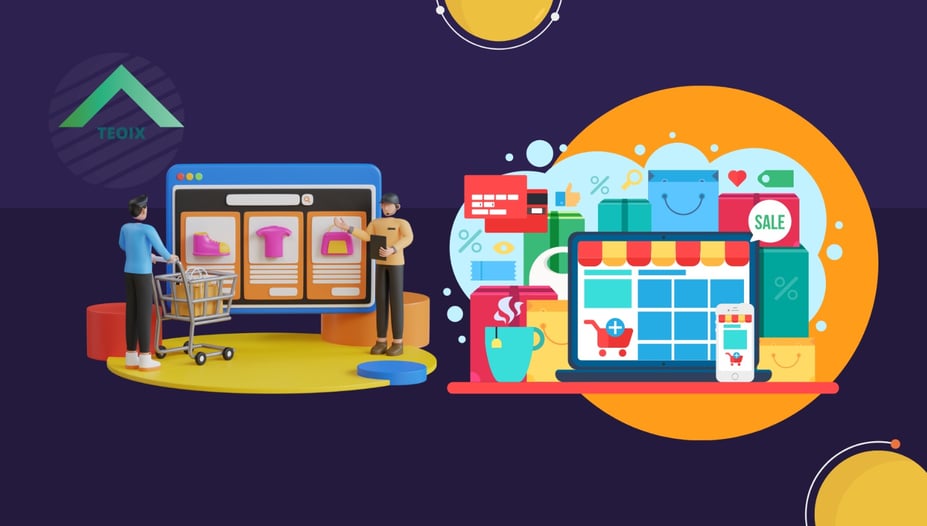The Rise of Subscription E-commerce: Convenience, Personalization, and Sustainability
BLOGS
5/14/20242 min read


Subscription e-commerce has revolutionized the way people shop for goods in recent years by combining sustainability, convenience, and customisation into a single, easy-to-use package. Subscription-based services, which offer everything from meal kits to beauty products, are becoming more and more common as they respond to the changing needs of contemporary consumers.
Subscription e-commerce is fundamentally about making recurrent purchases of goods or services on a subscription basis. Rather than purchasing goods one at a time, customers subscribe to receive carefully chosen goods on a weekly, monthly, or quarterly basis. This concept eliminates the need for recurring orders and gives customers a consistent supply of their preferred products, simplifying the shopping experience.
Convenience is one of the main draws of subscription e-commerce. Subscribers can save time and effort by automating the replenishment process for things they use frequently, such groceries, toiletries, or pet supplies. Subscriptions that are delivered right to customers' doors spare them from making many journeys to the store, standing in line at the register, and having to remember to refill necessities.
Additionally, a high level of personalization is provided by subscription e-commerce, enabling customers to customize their memberships to meet their own requirements and preferences. Many subscription services construct individualized product recommendations using consumer data and algorithms, making sure that each delivery is catered to the subscriber's unique interests and preferences. This degree of personalization improves the whole purchasing experience and encourages customer loyalty and happiness.
Subscription e-commerce is advancing sustainability by encouraging ethical consumption and cutting waste, in addition to convenience and customisation. Customers can more effectively control their consumption habits by subscribing to products on a regular basis. This minimizes overstocking and lowers the possibility that leftover products would wind up in landfills. In addition, a lot of subscription services give priority to sustainable sourcing methods and eco-friendly packaging, which is in line with the rising demand for goods and services that respect the environment.
Subscription e-commerce has numerous advantages, but it also has drawbacks for customers and companies. Customers may experience subscription fatigue if they believe there is little value in their subscription or if they are overpowered by the sheer quantity of options offered. From a commercial perspective, it takes constant innovation, first-rate customer support, and a thorough grasp of customer preferences and behavior to sustain subscriber engagement and retention.
In conclusion, with its unmatched ease, customization, and sustainability, subscription e-commerce has become a disruptive force in the retail sector. Subscription services are changing how customers access and use items by making purchasing easier, offering tailored recommendations, and encouraging responsible consumption. In order to survive in this dynamic environment, businesses need to embrace innovation and adjust to shifting consumer tastes as the subscription e-commerce market grows and changes.


